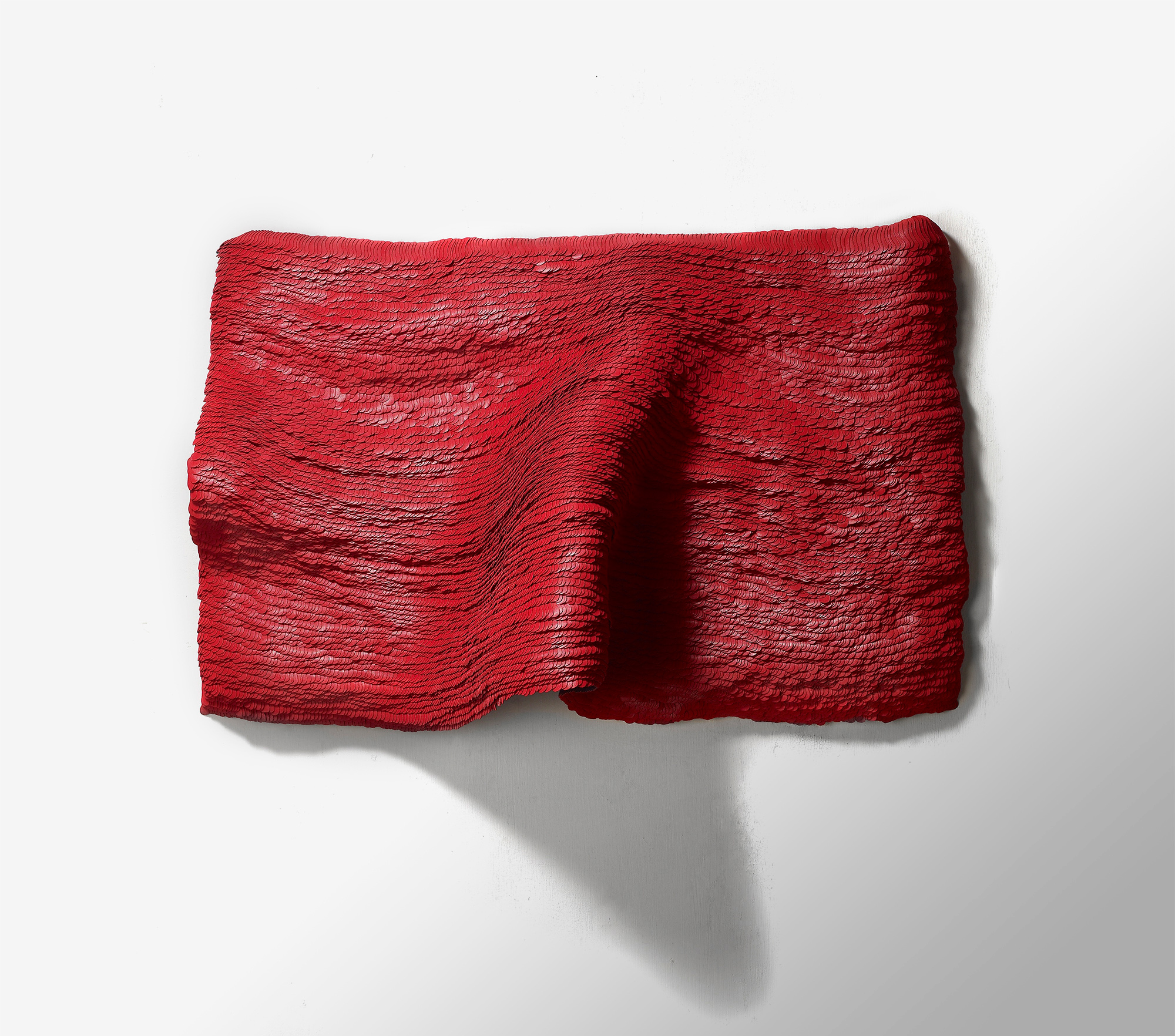
Exhibition6 Sep – 9 Nov 2019
Insistent. Gestures
Insistent. Gestures. brings together the work of five artists who live, work or were born in Asia to explore personal narratives, diasporic…
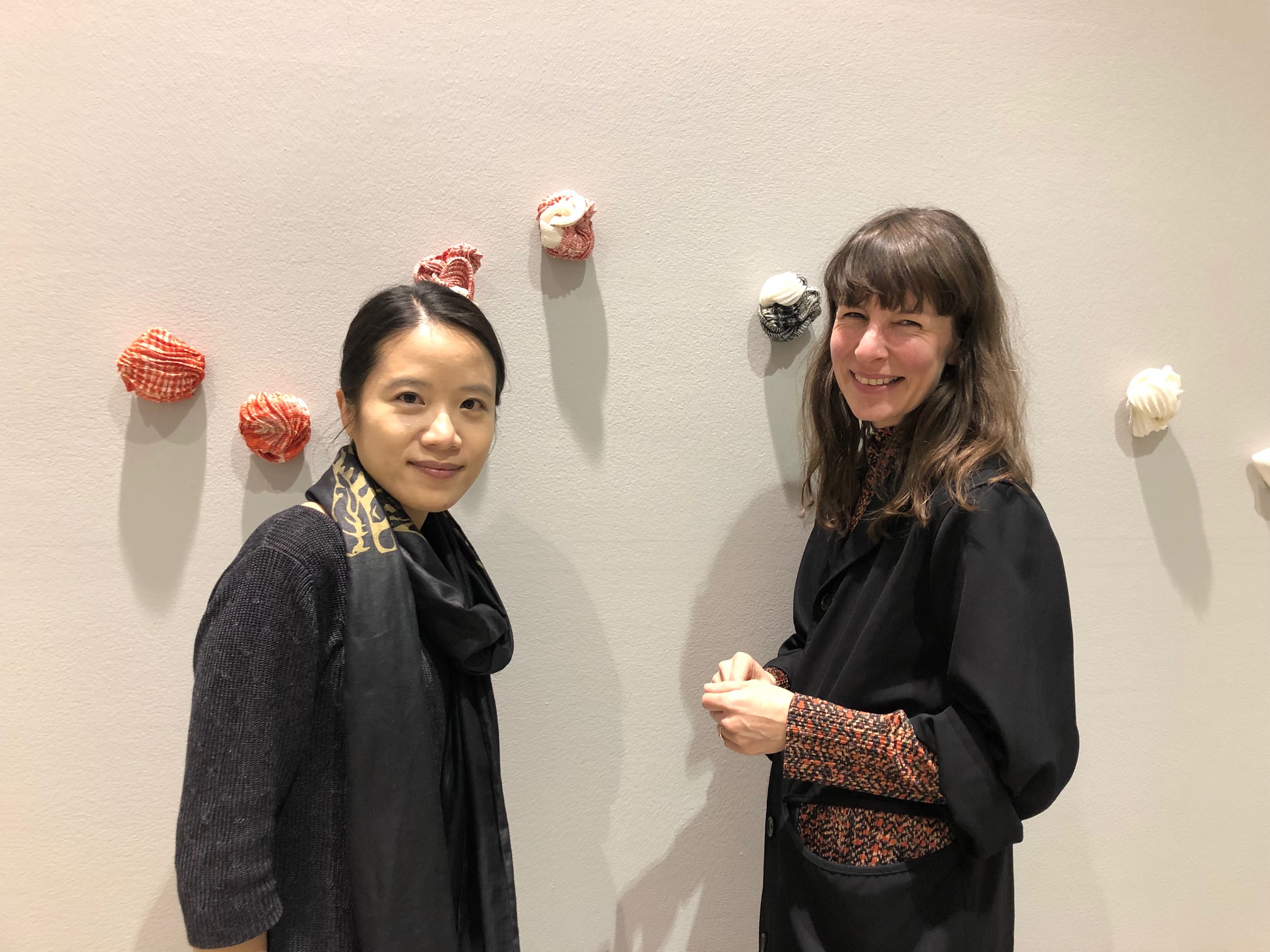
Yu Fang Chi is a Taiwan-born jewellery artist, who currently works and lives in Melbourne.
She has a PhD from RMIT University, School of Art, and is the curator of a Insistent. Gestures, a new jewellery exhibition at RMIT Gallery, on until November 9.
This is an independent (though concurrent) project from Master Makers, where Yu Fang gets an opportunity to undertake a mentorship program with Australian curator Kate Rhodes, from RMIT Design Hub.
Yu Fang works across different facets of jewellery practices and collaborates with diverse artistic fields; her practices involve repetitive fiber-related techniques, which can be connected to the traditional domestic art process. Her artwork has been exhibited in international institutions.
Throughout her career, Yu Fang has met different artists and has maintained these connections for many years. She has brought five of these artists who live, work or were born in Asia, together in Insistent. Gestures, to explore personal narratives, diasporic identity and the use of repetition.
“I always loved their work and feel there is a connection between these artworks’, she said, and was pleased they agreed to participate in the group exhibition.
Insistent.Gestures evokes ideas of determination and bodily experience in the artworks, and Yu Fang says the use of repetition is the centre core of the artist’s works in the exhibition.
It is my intention that people could walk around and look at how the artists made the works I have placed these works on the walls, because I want them to be viewed as sculpture, and for the audience to engage with the pieces.
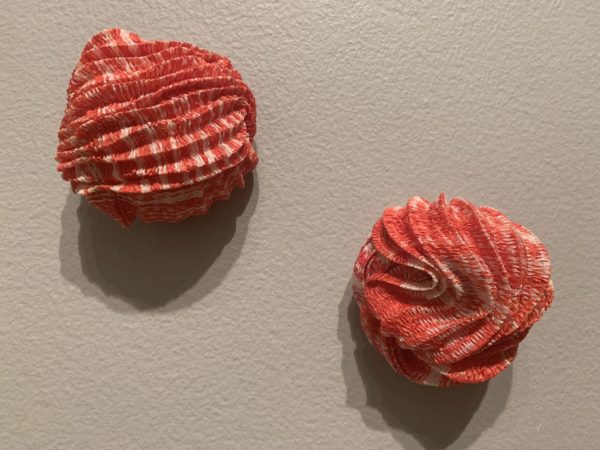
For instance, with artist (Kazumi Nagano) work, each strap is made of Japanese paper, weaving twisting, folding all together. Each structure has a visible line within. If you look closer, you will see all the pictures. If I put behind glass, you won’t be able to see the work in depth.
You can read this exhibition as a book as you walk around. I hope as the audience could see the journey of these artists and engage with their ideas. This is the reason I didn’t put any artwork in the middle of the gallery space. Instead, I put everything along the wall, as I hope people can walk around, view the work, and collect and hold the brochures of the designs.
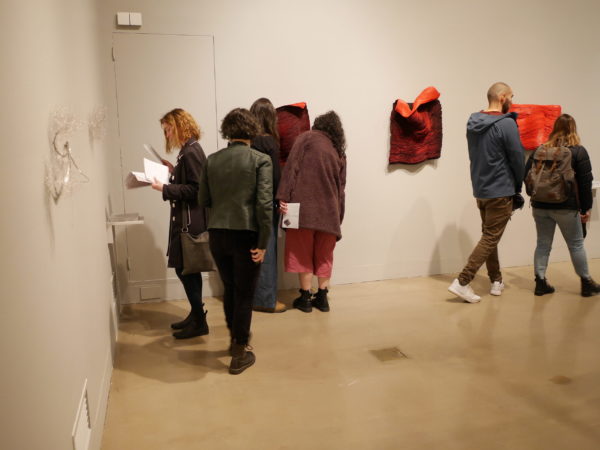
There are several problems that I met while designing and curating this exhibition. For example, throughout my mentorship, I worked with Kate Rhodes and we were thinking that it might be a good idea for the artists speak in their own language in their artist statements.
However, even after talking to the artists, it can be difficult to get insights into aspects such as the role that repetition plays in their process.
At the beginning, I wanted to share the making process to the audience, but then I thought it is not necessary, or useful. I needed to be open-mind because the curatorial process is not only about myself, it is about how to best represent the artists’ work.
I do not want to use the curatorial project to only speak my language.
Oh yes! When I designed the layout for the works, I needed to make sure that the artists’ work was a priority. For example with Cyrus Tang’s work, her idea was to display her work in a totally dark space, which was impossible to create.
The artist recreated the structure of old government houses in Hong Kong in the gallery, using an infinity chamber, which you view through peepholes. Peering through these is almost like looking into the body of the building.
Luckily, I had several discussions with the wonderful technical team, and that we use a long storage space behind the wall, where we could transfer the designs and put Tang’s work, with peep holes in the gallery space enabling them to look inside.
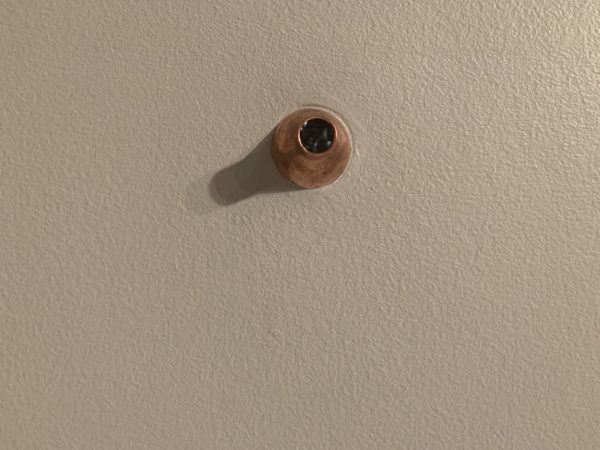
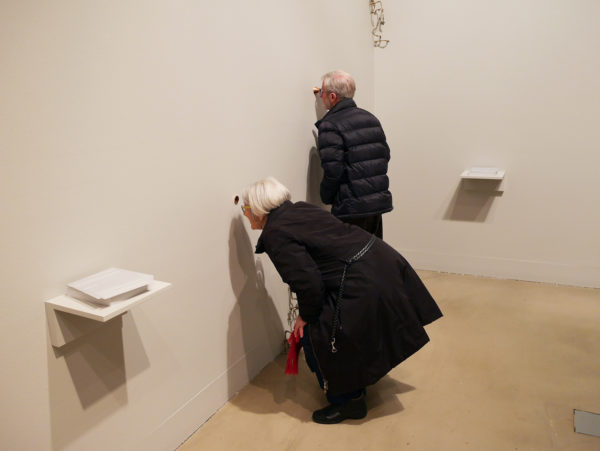
The works were created overseas, so I needed to have insurance, shipping and so on – plus, the shipping is quite expensive! Luckily, this curatorial project was supported by Radiant Pavilion, City of Melbourne and Creative Victoria. I was extremely lucky to be selected in the mentorship program and undertook the guidance from curator Kate Rhodes.
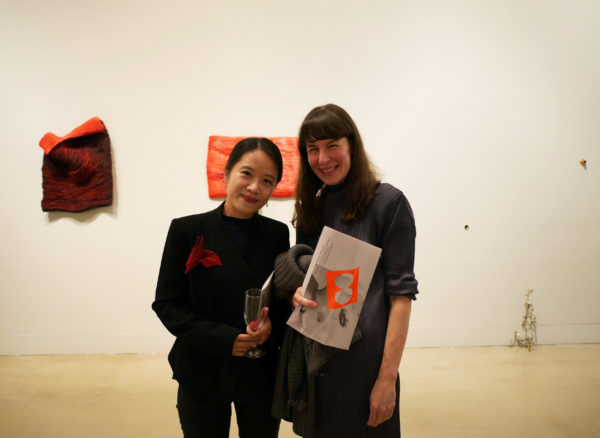
Both directors of Radiant Pavilion, Claire McArdle and Chloë Powell provided me with all the administration and promotion supports. Dr Mark Edgoose and the curator of RMIT Gallery Helen Rayment also generously help me for finding and arranging the suitable exhibition space. Without their generously support, I won’t be able to accomplish this project.
Story by Ly Pham, media intern, RMIT Gallery

Exhibition6 Sep – 9 Nov 2019
Insistent. Gestures. brings together the work of five artists who live, work or were born in Asia to explore personal narratives, diasporic…

Event10 Sep 2019
Description Insistent. Gestures. at RMIT Gallery (running concurrently with the contemporary jewellery exhibition MasterMakers) brings together the work of five artists who…